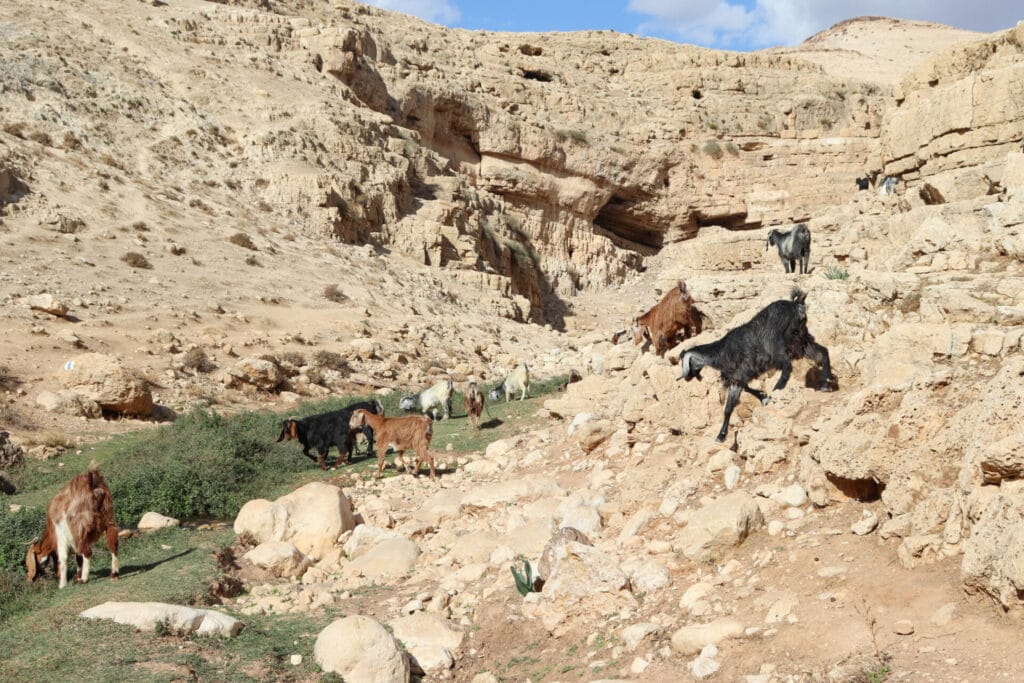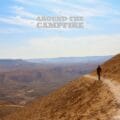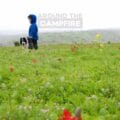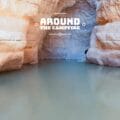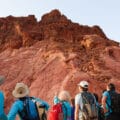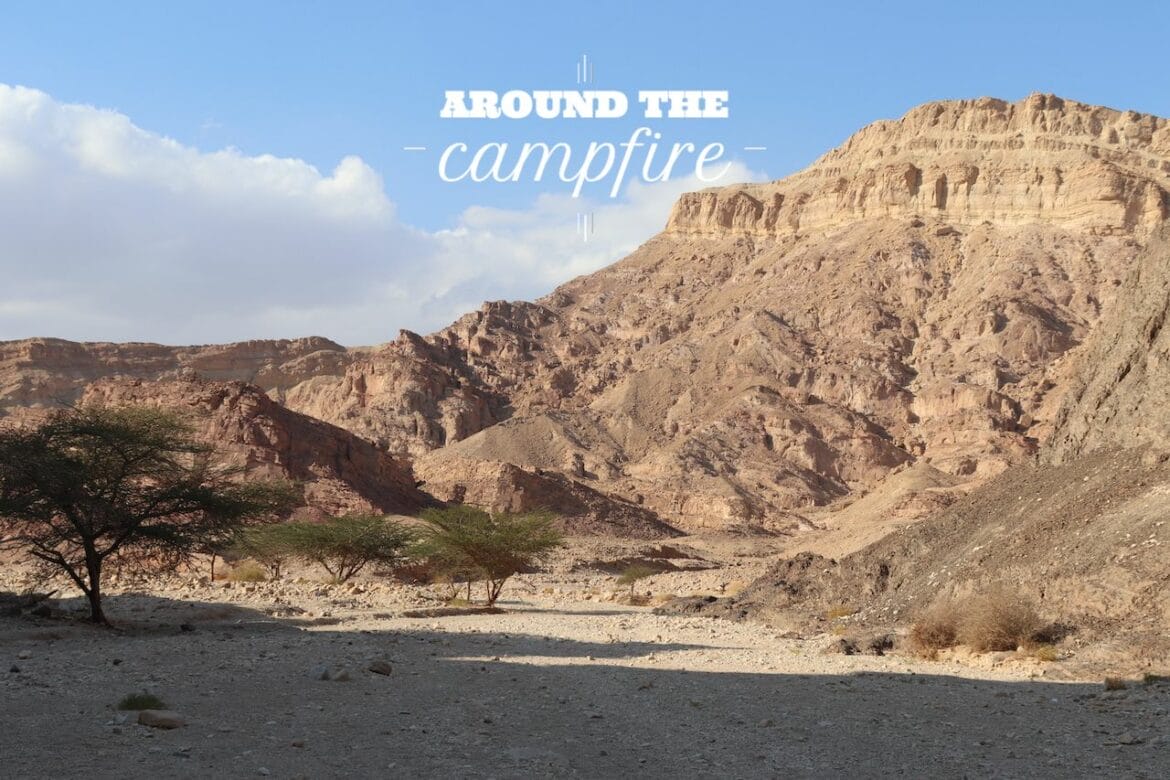
For Torah observant Jews, a Shabbat trip to the synagogue includes reading the weekly Torah portion or parshat hashavua. One week at a time, we read through all five books of the Torah every year.
Last week’s Torah portion was Parshat Teruma. To set the scene for this chapter: the Israelites have been miraculously freed from Egypt. They are now wandering in the desert. The nation has yet to enter Israel and become a free people in their own land. But in the meantime, they will be building a Mishkan, or Tabernacle.
I remember reviewing the passages in Teruma at various points throughout my life. The verses described the different materials to be used in the Tabernacle: acacia wood, curtains spun of wool and goat hair, ram’s skin, and precious metals like gold, silver, and copper.
As many times as I have read this parsha, I had never given these descriptions much thought. But last week, as I was reading through, I began to think about Teruma in a whole new way.
We’ve been on many, many desert hikes. These hikes are varied and interesting, including white canyons, red mountains, fields of bulbous rock, and more geological wonders. But there are some things that remain the same on every desert hike in this region: there aren’t a lot of raw materials for building.
But there is one tree (just one!) that you can find almost anywhere in the desert – the acacia. These low trees have a wide canopy and small, salty leaves. When you hike in Israel’s desert, you’ll see them. There are no other trees around.
In terms of wood, the instructions found in Parshat Teruma make perfect sense. God told the Jews to build the Tabernacle out of acacia wood, not pine or oak or anything else. For the first time, this instruction has meaning to me.
But where did the Israelites get the rest of the materials?
During the plague of darkness, the Jews were instructed to enter Egyptians homes and find gold, silver, and copper vessels. These fine metals were taken as payment for hundreds of years of forced labor.
When leaving Egypt, the Jews also brought along their flocks of goats and sheep. Although thought to be for sacrificial purposes, the Jews may have also cared for their flocks and brought them into the desert. It was the hair of these animals that the Jews used to spin their thread, into curtains and coverings for the Tabernacle.
That’s all the Israelite’s possessed and that’s all that was used in the building of this place of worship: acacia wood, fine metals, sheep’s wool, and goat skin. Now that I’ve been in the desert once or twice, it’s remarkable to connect the ancient Jews’ experience with the reality here on the ground.
By walking in a Land where acacia trees dominate and flocks of goat and sheep graze under the care of Bedouin shepherds, we can understand the words of the Torah on a whole new level.

